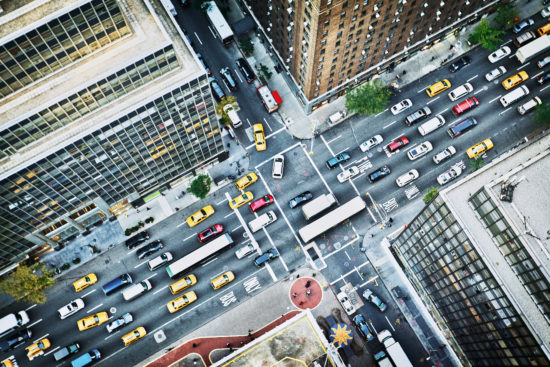Co-Authored with TJ Costello, Global Director of Smart Cities & Transportation at Cisco
Cities are growing at an unprecedented rate. In fact, according to data from the United Nations, 68% of the world’s population will live in cities by 2050.1 While some people think that a more populous city means a more dangerous city, this does not have to be the case. Innovation can help us address the challenge; cities can leverage 5G and digital technology to connect and protect their citizens. Imagine what is possible if we enable city operators to make more informed decisions by connecting IoT sensors, video cameras, social media, and other inputs.
Public safety is the #1 or #2 most important initiative for mayors and citizens across the US. The advent of 5G has the potential to make cities significantly smarter and safer. Today, the existing connections for critical services are usually fiber, but the cost has made expansion an expensive proposition. Although people tend to focus on the higher speeds of 5G, the lower latency, higher bandwidth, greater density, and network slicing have major implications for the future of smart cities.
Latency is a case in point. Lag time when you’re surfing the Internet on your phone might be inconvenient, but in a smart city, the ability to make decisions in real time can mean the difference between life and death. For example, sensors that detect traffic lights and road conditions can help emergency vehicles get to the scene of an accident in less time.
Keeping citizens safe is a top priority, whether it’s lowering and preventing crime or reducing the number of accidents. According to the World Health Organization, approximately 1.35 million people die each year from traffic crashes.2 About 50% of car accident fatalities involve drivers; 17%, passengers; 16% pedestrians, and 14% are cyclists.
5G and first responder video

The low latency of 5G has particular implications for video-as-a-sensor, which can be used to for crowd monitoring, asset utilization, parking space monitoring, traffic analysis, and pedestrian safety. Today’s cities have thousands of cameras deployed using fiber and 4G LTE connections, and 5G will only enhance their capabilities.
There is room for improvement regarding the effectiveness of real-time video and how it is used by first responders. Currently, if officers go out of range from an access point they lose signal quality or connectivity. With 5G, a high-bandwidth connection and a secure uplink, video can turn into a real-time tactical feed. This feed can enable someone at a central location to coordinate with officers in real time, improving situational awareness for everyone. Drones can also share that information when launched from a tactical vehicle.
5G and real-time surveillance
License plate recognition, fire response, and crowd monitoring are just three of the many use cases that will improve when 5G brings low latency and real-time response. Instead of looking at surveillance video after the fact, it can be viewed in real time for faster responses. With this type of video, responders could immediately detect smoke from a fire, gunshots, or traffic accidents.
This level of video analytics requires computing power, and the existing options are to either process the video on the camera or backhaul it to a central data center. However, camera capacity is limited and there’s not enough bandwidth to backhaul so much video in real time. Because of this, video analysis is generally only used for historical and forensic purposes. The limitations in latency and reliability also prevent video from being used for safety purposes. However, the increase in edge computing resources with 5G will make it possible to perform analytics across multiple incidents. The lower latency and secure links through network slicing will be important when transporting critical real-time video.
Tangible benefits for city dwellers everywhere
Using video and analytics to improve public safety and optimize efficiency are just two of the many use cases that will be possible when 5G becomes a reality. Reducing and deterring crime and increasing collaboration during incidents can make our cities safer – and who doesn’t want that? When our cities become smarter and safer, we become happier and more productive citizens. It’s easy to see why 5G and smart cities make a perfect pair.
Check out Cisco’s 5G offerings, and learn what smart city solutions can help you drive connectivity, productivity, and security for your community.
Take a look at the other blogs in this series:
- Five Industries for Monetizing your 5G Investment
- Embracing 5G in Healthcare to Improve Patient Experience
- 5G Shopping? A Match Made in Retail Heaven
- 5G is the Future of the Industrials Sector
- https://www.un.org/development/desa/en/news/population/2018-revision-of-world-urbanization-prospects.html
- https://www.who.int/news-room/fact-sheets/detail/road-traffic-injuries

CONNECT WITH US